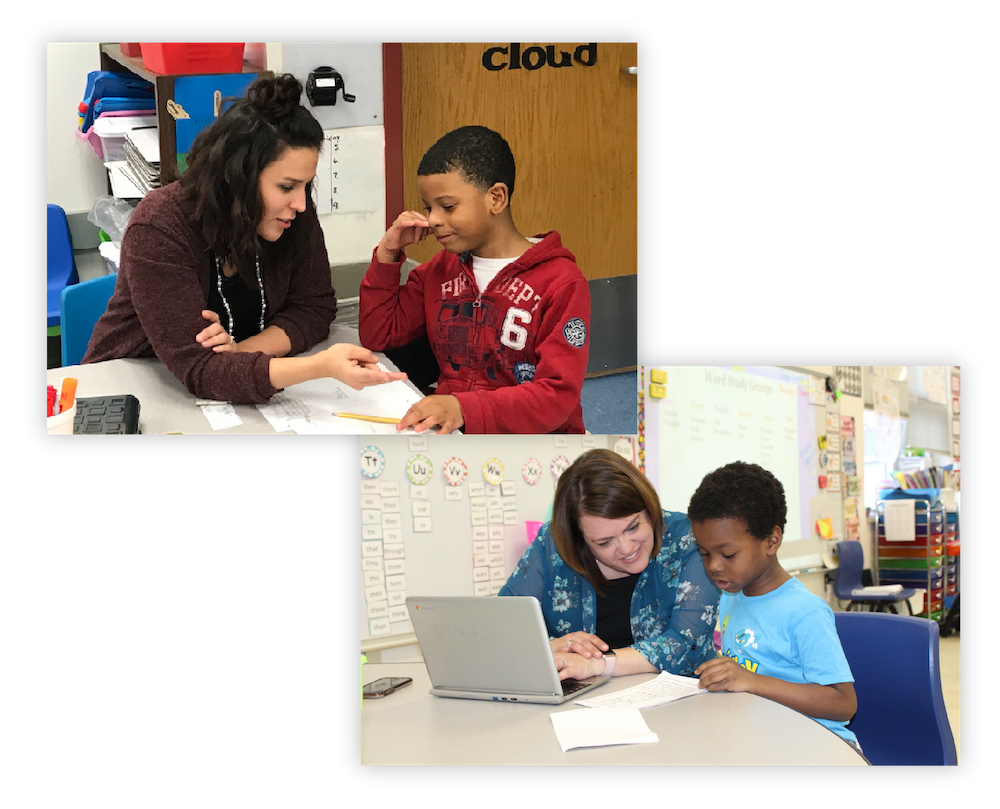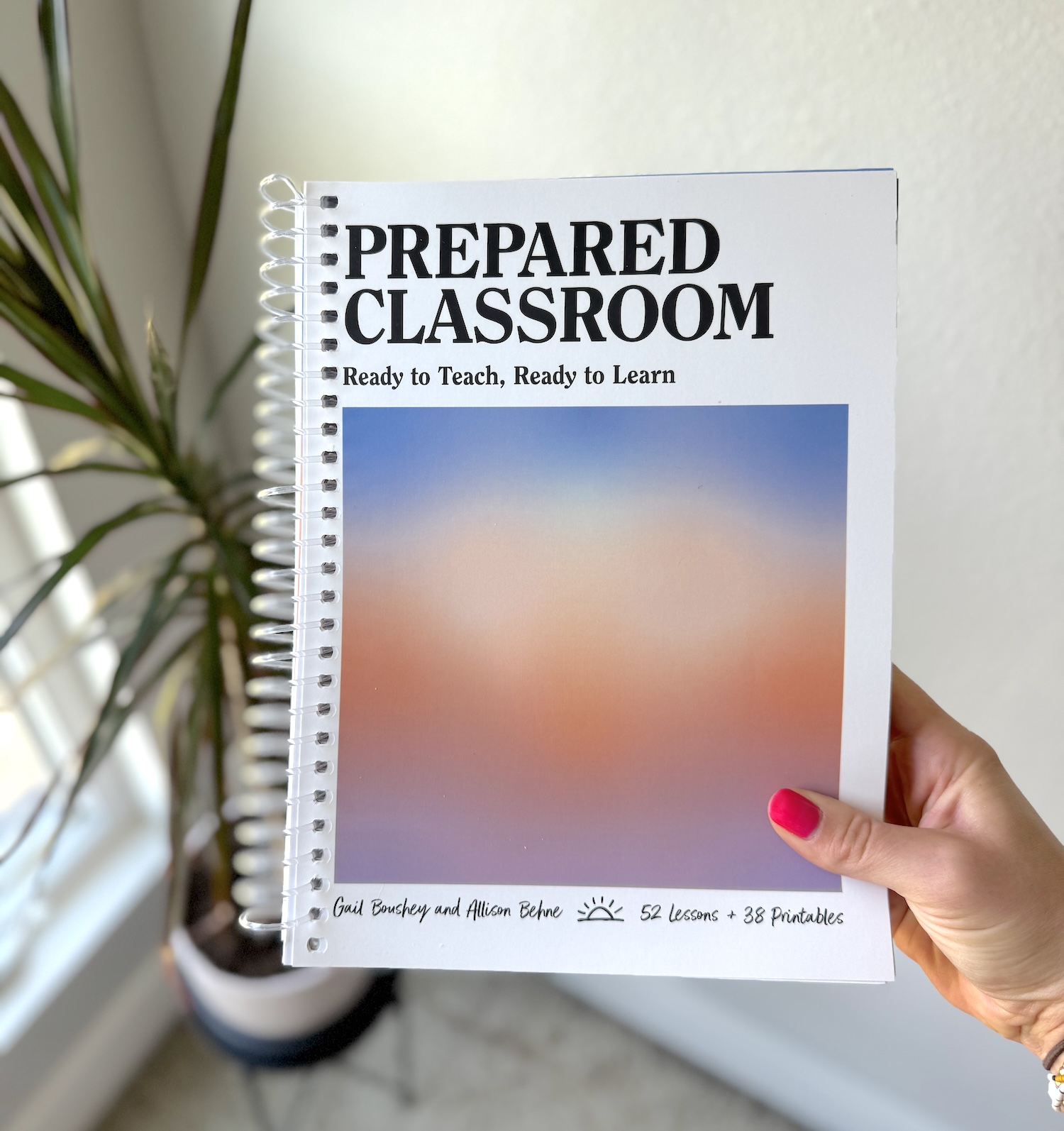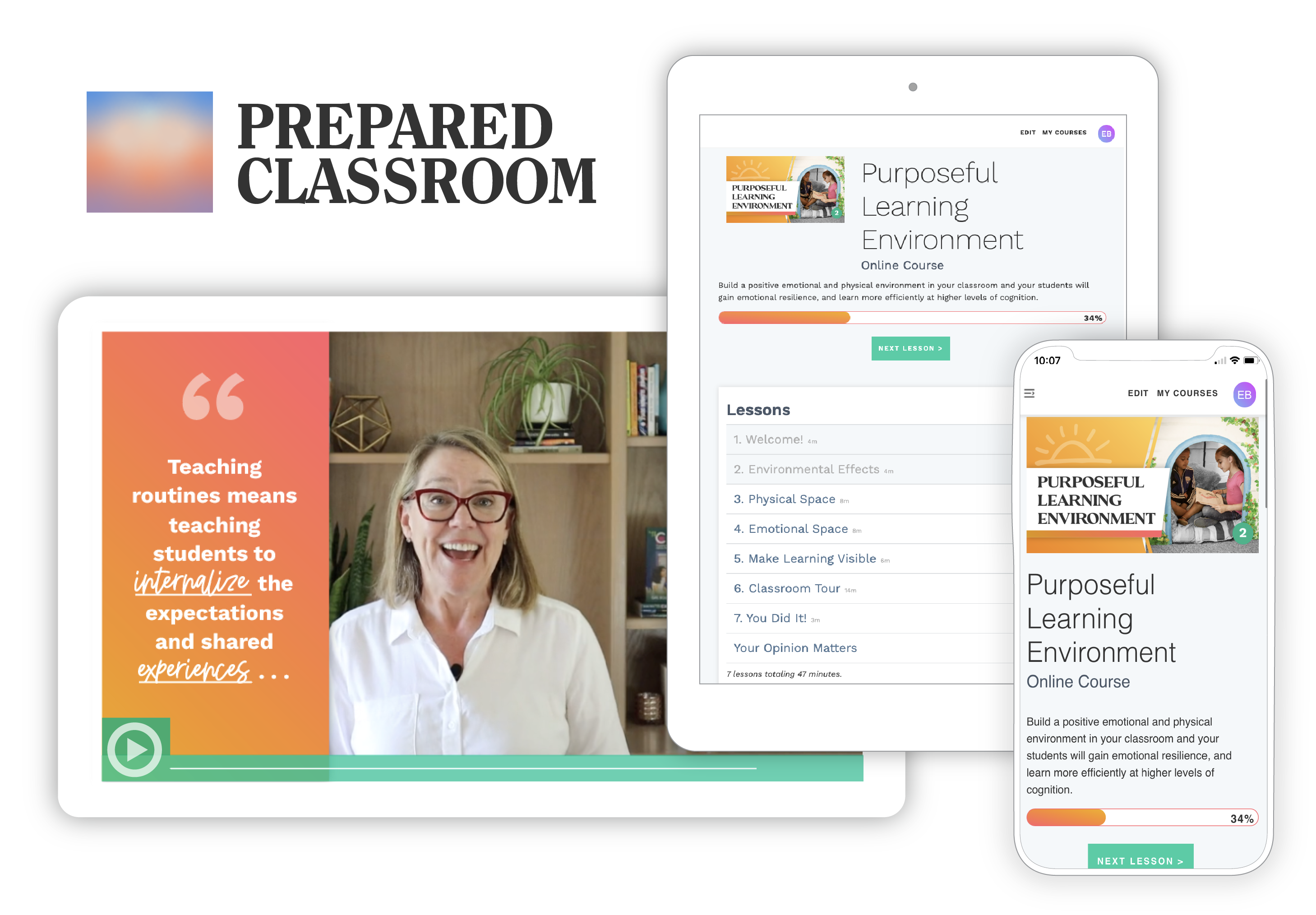Teaching takes heart. Daily Sparks helps you care for yours. 📙Buy Now →

Prepared Classroom is your guide to creating a calm, consistent, and student-centered classroom—where routines run smoothly, learning runs deep, and every child knows exactly what’s expected of them.
It's not a program. It's not a set of printables.
It’s a mindset, a method, and a set of research-backed tools that help you manage your classroom before it manages you.
Whether you’re brand-new or decades in, Prepared Classroom helps you take control of the teaching conditions so you can focus on what matters most: your students’ learning.
Think of it as the structure and strategies that make any curriculum work better.
Prepared Classroom gives you a clear system to:

Prepared Classroom builds on the research-based strategies that made Daily 5 and CAFE so beloved by teachers—and takes them even further.
It’s not just about literacy. It’s about transforming every part of your day, in every subject area, with the kind of routines and systems that work.
Every practice you’ll find in Prepared Classroom aligns with the strategies that have the greatest effect sizes in Professor John Hattie’s meta-analysis of what works in education.
When you cross-check our methods—conferring, timely feedback, peer modeling, clear success criteria, student ownership, and more—you’ll see they’re not just popular strategies. They’re the ones that move learning forward.
It’s about teaching students how to learn, how to stay focused, how to be responsible, and how to work independently—all while you teach small groups, confer with students, and enjoy teaching.
Get Trained
Get your hands on the practical, spiral-bound guide that’s changing classrooms across the country.

Bring the full program to your team and create lasting impact together with our research-backed, ready-to-implement system.

Curious but not ready to commit? Start with just one self-paced course and see the difference for yourself.